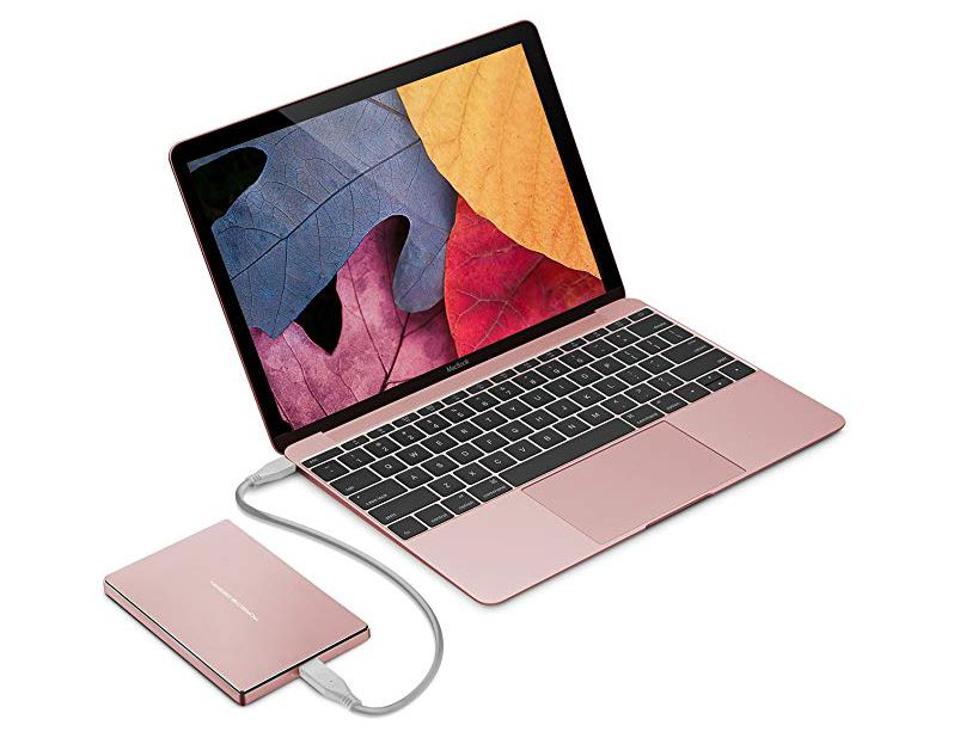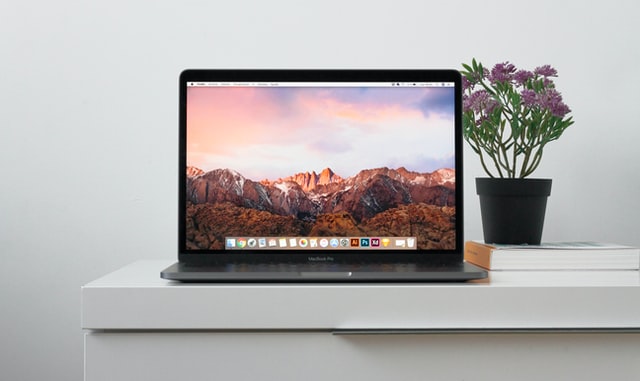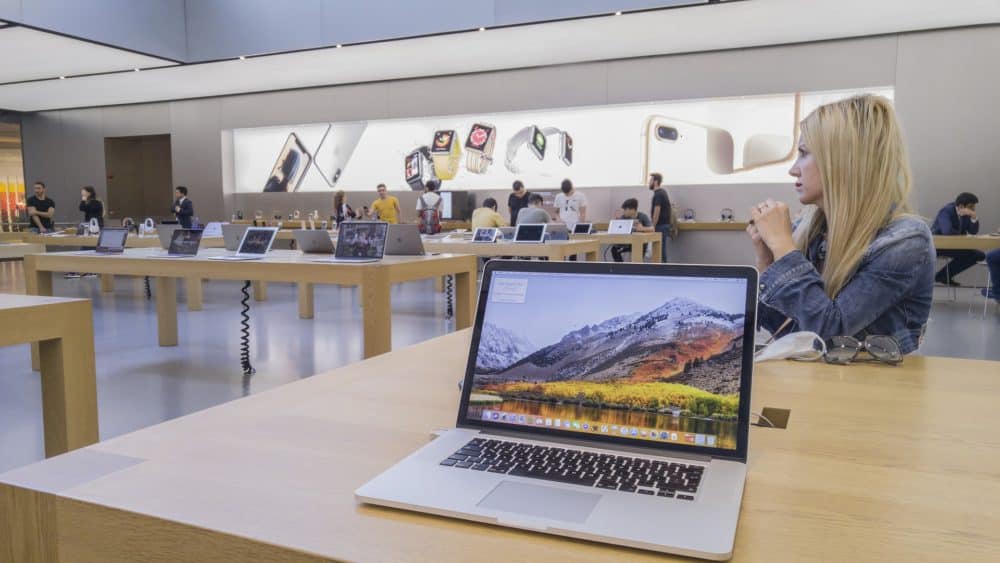In most laptops, users need to install the external hard disk to access the files. But, without formatting the file systems, you can’t use HDDs on the MacBook Pro. Without that, this Apple product will fail to detect the storage mediums.
Did the laptop use Mac OS X? Then don’t change the file format to NTFS. This macOS can only read the data but can’t write it on the hard drives. Choose either HFS+ or APFS format; it goes with the latest MacBook Pro.
Connecting an external hard drive to a MacBook Pro is pretty easy. But, you need to know certain factors before that. Check the device’s storage capacity and data transfer speed in the first place.
Additionally, you need to determine its RAID configuration beforehand. Choose an SSD over an HDD to avoid unwanted data loss scenarios.
Have you installed a solid-state drive before? Then, you might be searching for how to use an external hard disk with a MacBook Pro. It can be done in minutes if you have the right hard drive and a USB cable.
Once you get that, follow these steps for a hassle-free SSD installation:
How to Use an External Hard Disk with a MacBook Pro — Easy Steps
Connect the laptop to the power adapter before you connect the external hard drive. Turn on the MacBook Pro and wait until the Apple icon appears. Wait until the home screen opens, enter the passcode, and disable Mac’s security options. Because these features prevent the Mac devices from identifying the external hard drives.
Now, implement the below-mentioned steps to install the SSD in minutes:
Connect the Drive
Most hard drivers can be connected via a USB cable. Place this storage unit close to the MacBook Pro and first plug in the cable to the Mac device’s USB port. Now, connect the other end to the external hard drive’s port.
Some Mac-based drives come with Thunderbolt or FireWire cables. Connect the cable in the MacBook Pro’s thunderbolt port in such instances. Besides, you can use an adapter if the device’s USB or Thunderbolt ports are damaged.
Check the Drive Name
Did you see the external hard disk’s model number on the desktop? If yes, then you have connected the driver, and it’s also formatted. But, sometimes, the drive name might not display even after connecting it to the MacBook Pro. You have to open the Finder menu, write “Devices”, and press “Enter” in certain cases.
The MacBook Pro users will get the connected SSD or HDD’s name here. Besides, you can also set the drivers to appear on the Finder menu.
Open the Finder window, select “Preferences”, and tap on “External Disk”. Disconnect and reconnect the hard drive, if the MacBook Pro isn’t showing it on the Finder menu or desktop
Open the Drive to Check Details
Now, it’s time to find out the external hard disk-related details. Open the desktop, double-tap on the drive name, check its size, type and name. Additionally, you can check the Mac device’s available storage space here.
Move towards the “Partition Information” section and check the “Format”. Close the hard drive window and proceed to the next step.
Format the Hard Drive
More than 80% of hard drives are pre-formatted and supported in Windows laptops. But, this type of HDDs or SSDs won’t work in advanced Mac laptops. This is why it’s essential to reformat the hard drives for the MacBook Pro.
Do you want to use an external hard drive on a Windows device? Change its format and restore the required files.
First, tap on the “Go” option from the desktop and click “Utilities”. And, then move towards the “Disk Utility” tab. Now, select the files that you don’t want to lose and copy them. Connect a USB flash drive to the MacBook Pro and export the files.
Next, tap on the “Internal” section and wait until the connected device’s list pops up. Choose the right hard drive name and click “Erase” afterwards. It will start the external hard drive formatting process. A new window will pop up after 2-3 minutes on the Mac screen. Head to the “Format” action and select “ExFAT” from the pop-up menu.
Choose “Erase” to format the drive with the chosen format. It will remove all the stored data on the external hard drive. And, the time Mac takes to format the files depends on the drive’s size and type. Once it completes the formatting, a window will appear. Double-click on the new hard drive name, and start adding the media files.
Why Should You Use the ExFAT Hard Disk Format?
This format is compatible with the Mac OS X and older versions. Besides, ExFAT will help you to use the hard drives in Windows and Lix without changing the format. But, if you updated the device to macOS Mojave, use HFS+, ISO or UDF instead.
Are you planning to use the drive only in the MacBook Pro? Choose “Mac OS Extended (Journaled)” to access the files.
How to Find a Missing External Hard Disk Drive on MacBook Pro?
Sometimes, the external hard drive might not display on the Mac screen. And, there are many ways to fix that. First, ensure all cables are connected to the drive and MacBook Pro. Replace the USB cable if you find any wear and tear.
Some external hard drives require adequate power to connect to the Mac devices. And, if there is enough power, Mac won’t show the hard drive name. Use a dual USB cable to power up the HDD or SSD. Connect one end to the external drive’s port and the other two inside the MacBook Pro’s USB port. Restart the laptop, and the hard drive icon will pop up on the desktop.
Use a different cable or USB port to connect the external hard drive. Besides, you can run Mac’s “First Aid” tool to resolve this problem. In most cases, this error occurs when using a faulty hard drive. Replace it with a new one to eliminate this hard disk problem. Contact the experts of a leading MacBook repair service in India if these solutions don’t work.




